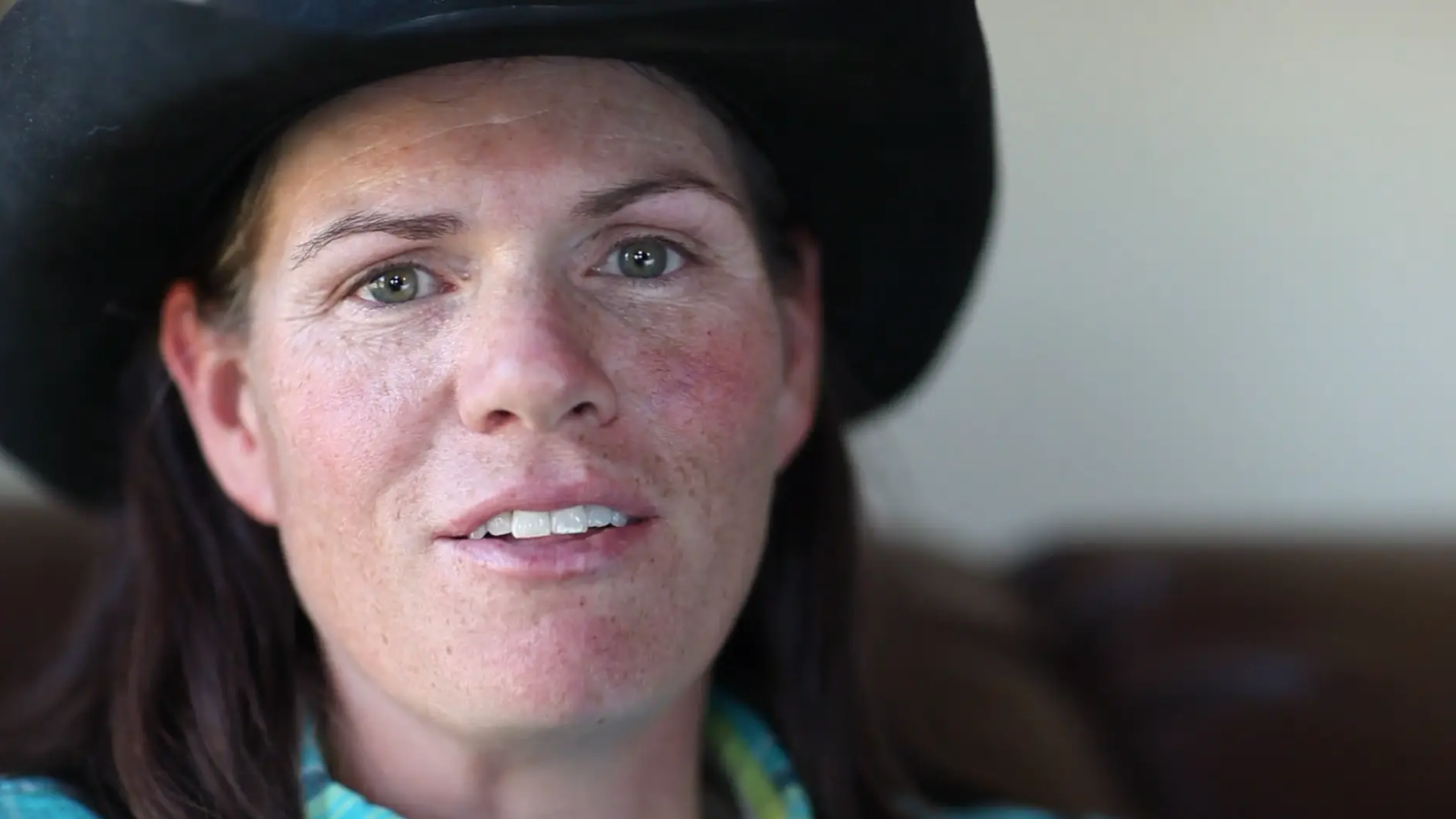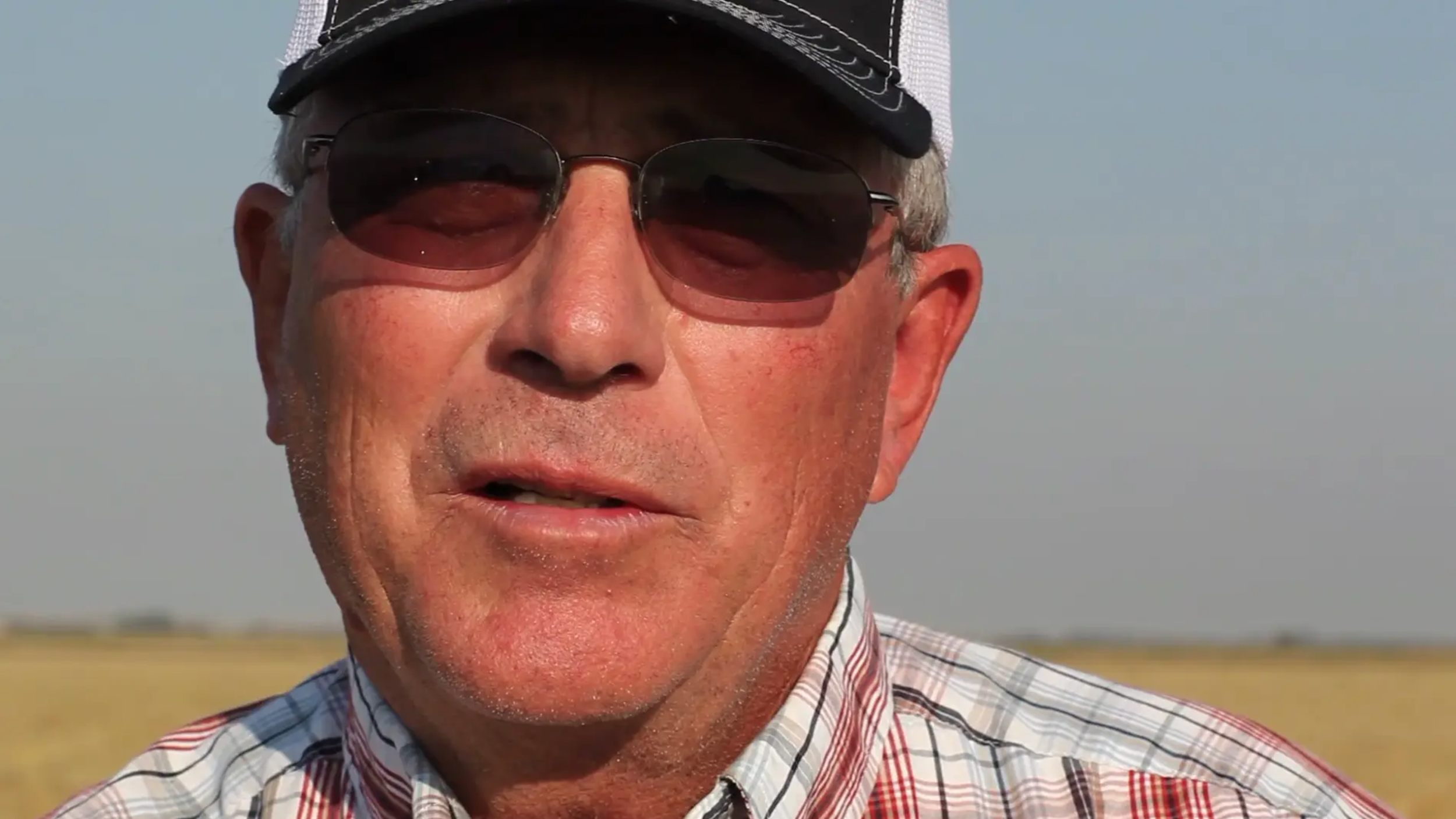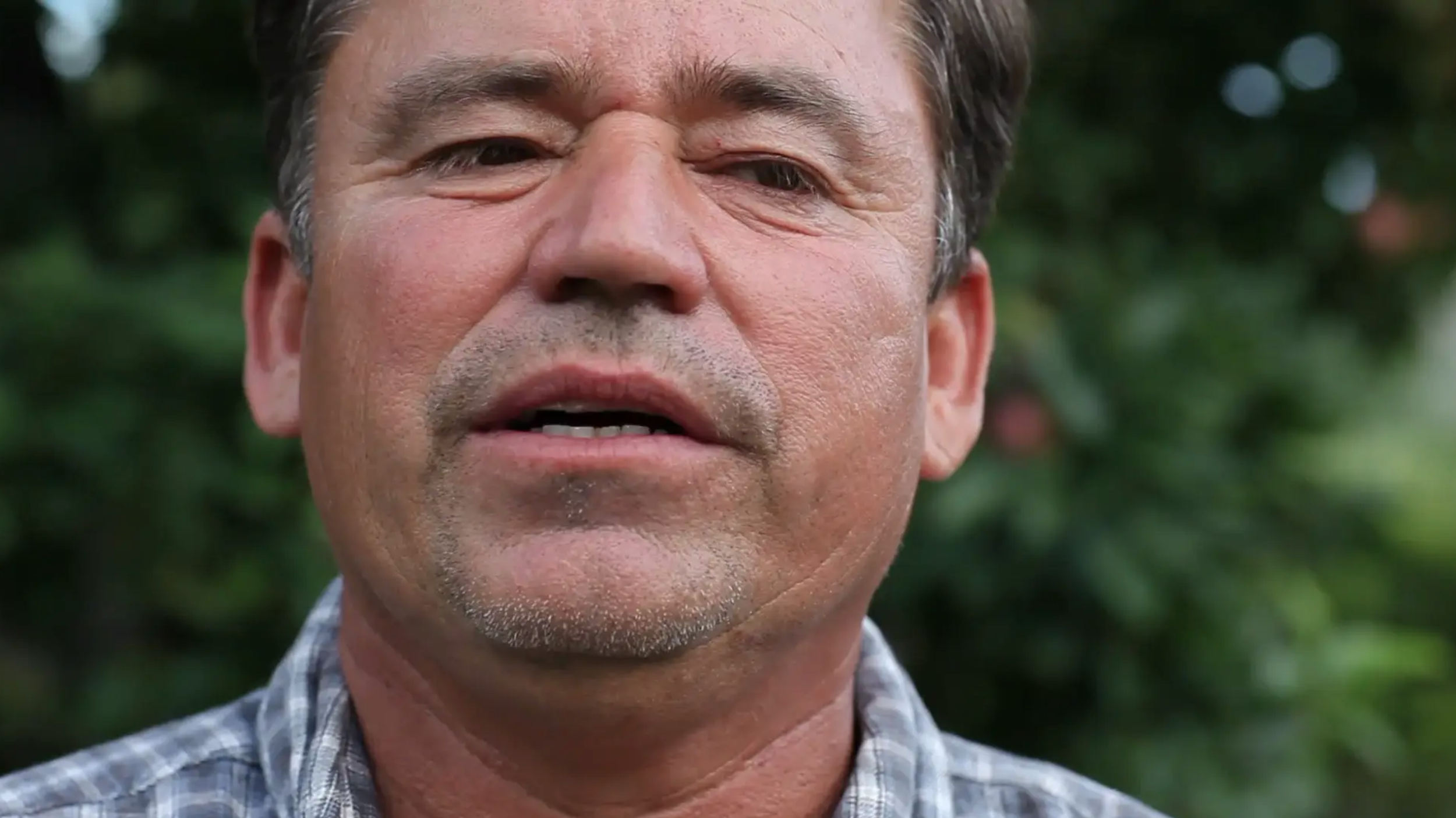The Farm Stories
Video

















In 1935, America could boast 6.8 million farms. In 2002 fewer than 2 million farms remain with less than 565,000 of them true “family” operations. Some sources estimate that 300 farmers leave their land every week and each day America loses 3,000 acres of productive farmland to development. The average household income from farm sources was forecasted to be $5,900 in 2008 (down more than 30% from 2007), although the average farm family income is $80,897 because to survive, the average family farmer must rely on off farm income. Only eight percent of family farms in 2007 grossed more than $250,000. Nearly half of the farm operators are aged 45 to 65 with 26.7 percent of all farms operators 65 years or older.
Ironically at a time when the real farming statistics are alarming, the consumer interest in supporting family farms (as opposed to corporate farms, whose ownership of U.S. farms increased by more than 46 percent between 1974 and 2002 ) is higher than ever. Eighty-two percent of Americans are somewhat or very concerned about the decreasing number of American farms, and 85% trust smaller scale farms to produce safe nutritious food more than they trust corporate farming. Family farms are essential if the U.S. is to have the safe, fresh and sustainably grown food that more Americans recognize as important to their health and to our national security, yet current government farm policy encourages the growth of mega corporate farms and penalizes family farms with arcane definitions of how big a “family” farm can be. While family farms may never be as “efficient” as huge corporate operations, they do not pollute communities with massive amounts of pesticides, noxious fumes and excess manure. They are better stewards of the land than the developers who turn lush fields into McMansion developments.
I have been working on this project to photography family farms and farmers for about four years now. I want to raise awareness of the reality of family farms in America and to generate support for legislation that actually supports family farms. I also am interested in the connection that many of us still are to the land, that is, we know a farmer or grew up knowing farmers. To illustrate this fact, I decided that rather than knock on doors (the most obvious documentary approach) I would limit myself to only photographing farms if a friend or acquaintance knows or is related to the farmer. This approach has yielded a more interesting and socio-economically diverse group of farmers, from crawfish farmers in Gueydan, LA, to ranchers in Elk Mountain, WY to almond growers in Willows, CA.